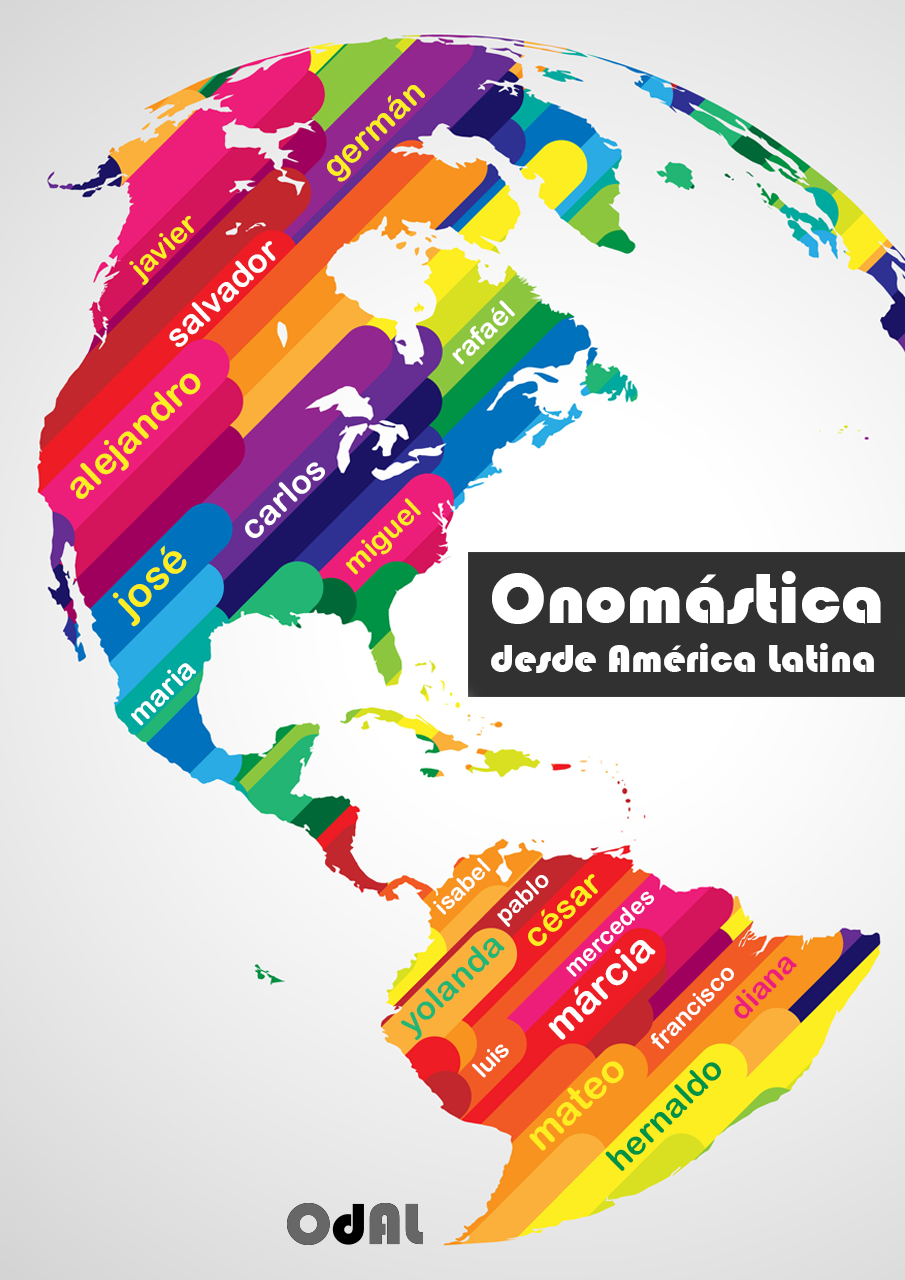The male first name in diachrony. Example of a decade of first names attribution in Hadjadj(Algeria)
DOI:
https://doi.org/10.48075/odal.v5i1.32306Keywords:
first name dynamics, religious first names, non-religious first names, permanence, evolutionAbstract
This article focuses on the dynamics of male first names in an urban area located to the east of the city of Mostaganem in the north of Algeria. No less than 2070 first names were inventoried over a decade from 2010 to 2020. We believe that this is a relatively representative period which reflects both the discursive and enunciative evolution and therefore also the possible constancy or, on the contrary, an evolution socio-historical-religious.
The aim of this study is to find out if certain first names resist time or fade away, leaving other names which perhaps do not belong to the model that has been in place for a long time. We will answer the questions opposite: What is the essential component of male first names in this small town in the wilaya of Mostaganem? What would be the impact of the chronological variable on the attribution of these first names? Would there be limited stock in their allocation? Does the male first name name a person to distinguish him or to dilute him in the mass to the detriment of a particular community?
After semantically categorizing the first names in the sample into non-religious and religious first names, we cross-referenced the results with the socio-political—historical-economic situation of the country and the region in order to identify a variation that could affect the attribution of first names and consequently the first name culture in place.
References
Bonzon M. (1987), Histoire et sociologie d’un bien symbolique, In Population (Edition française), Vol.42 n°1 (Janvier-février), pp.83-98.
Dickinson J. (1998), « La prénomination dans quatre villages de la plaine de Caen. 1600-1800 », Annales de Normandie, n°1.
Fourquet J. (2019), Cent ans d’immigration racontés par les prénoms, In Hérodote, n°174, La Découverte, 3e trimestre.
Lacheraf M. (1998), Des noms et des lieux : mémoires d’une Algérie oubliée, Casbah Editions, Alger.
Landolsi H. (2021), Mohamed est-il un prénom français ? Présupposés et sous-entendus dans le débat sur l’apparition de Mohamed dans le top 20 des prénoms, Nordic journal of francophone studies/ Revue nordique des études francophones, 4(1), pp.45-59.DOI : http://doi.org/10.16993/rnef.61
Mahmoudi A. (2005), De l’usage des prénoms rares des hautes plaines de l’Ouest algérien (frenda, aindheb, medrissa, elbayadh, labiod sidi cheikh), dans Des noms et des noms… Etat civil et anthroponymie en Algérie, Editions CRASC, Oran.
Sangoї J.C (1985), La transmission d’un bien symbolique : Le prénom, In Terrain, 4, pp.70-76.
Sini Ch.(2005), Des Algériens face à leurs prénoms. Eléments pour un protocole d’enquête sociolinguistique, dans Des noms et des noms… Etat civil et anthroponymie en Algérie, Editions CRASC, Oran.
Streiff-Fenart, J. (1990). « La nomination de l’enfant dans les familles franco-maghrébines ». Sociétés contemporaines, 4, 5-18. DOI : http://doi.org/10.3406/socco.1990.972
Zonabend F. (2001), Prénom, temps, identité, In Spirale, V3, n°19, Editions ERES, pp.41-49, p41.
Downloads
Published
How to Cite
Issue
Section
License
Copyright (c) 2024 soufiane bengoua

This work is licensed under a Creative Commons Attribution-NonCommercial-ShareAlike 4.0 International License.
Creative Commons Copyright Notice
Open Access Journals Policy
Authors who publish in this journal agree to the following terms:
1. Authors retain the copyright and grant the journal the right of first publication, with the work simultaneously licensed under the Creative Commons Attribution License that allows the sharing of the work with recognition of authorship and initial publication in this journal.
2. Mandatory authorities to assume commitments, for non-exclusive distribution of the version of the work published in this journal (eg, publish in an institutional repository or as a book chapter), with recognition of authorship and initial publication in this journal.
3. Authors are allowed and encouraged to publish and distribute their work online (eg in institutional repositories or on the personal page) at any point before or during the editorial process, as this can generate productive changes as well as increase impact and citation of the published work (See The Effect of Open Access).
Creative Commons License
This work is licensed under a Creative Commons Attribution-NonCommercial-ShareAlike 4.0 International License, which allows sharing, copying, distributing, displaying, reproducing, a whole or parts as long as it has no commercial purpose and is cited by authors and a source.

